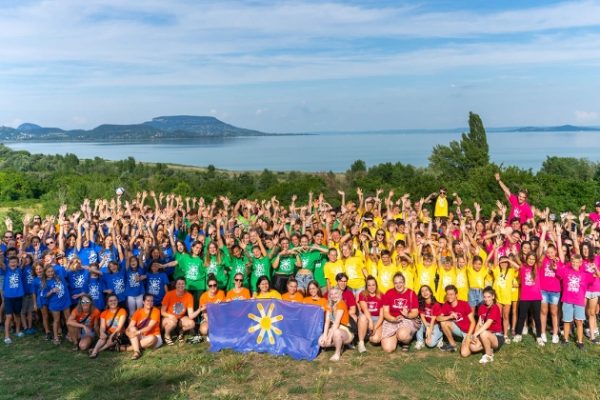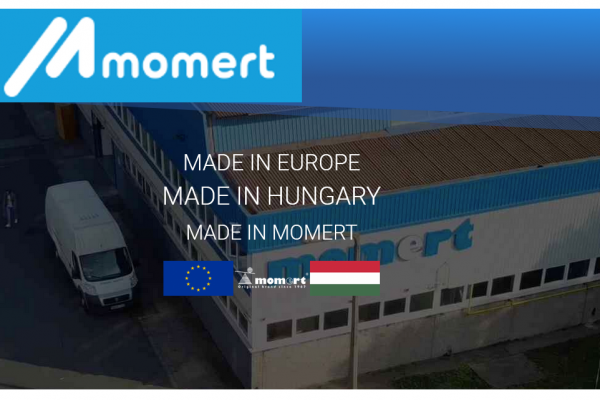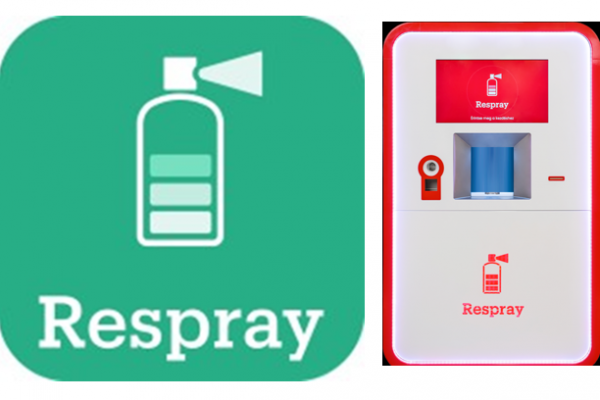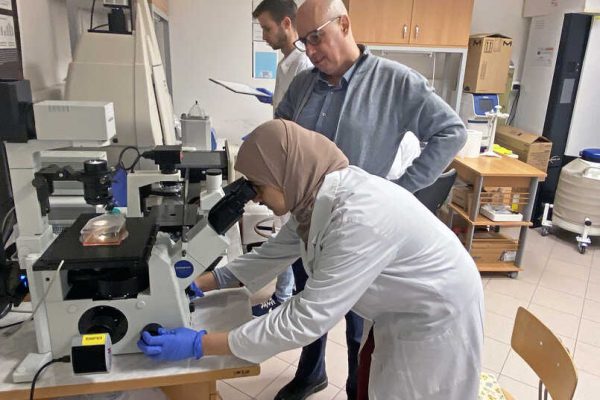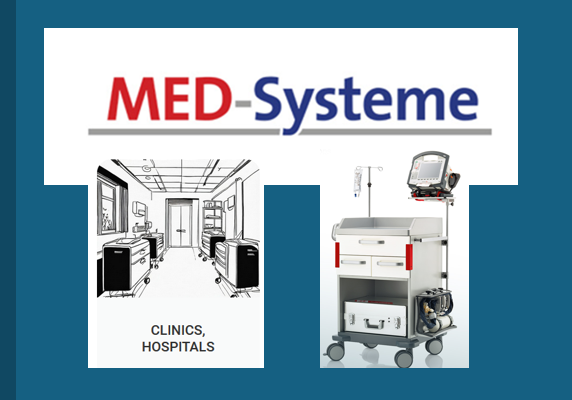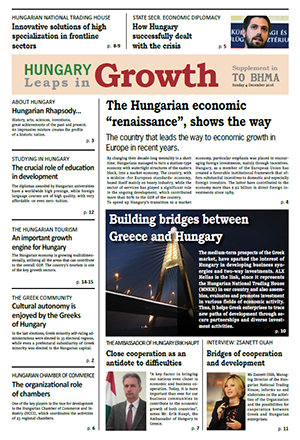Who would have thought that Hungary is an animal vaccine powerhouse? Thanks to Ceva-Phylaxia, Hungarian production and research have major impact on global food supplies not least because it is ranked 1st in poultry hatchery vaccines. The stakes are super high: up to 20% of livestock is lost to disease worldwide that could provide 1.6 billion humans with animal protein. No wonder the company is heavily investing into research and disease prevention.
Ceva’s global operation can rely on a tradition of 110+ years in Hungary: Phylaxia was founded in 1912 by veterinary professor János Köves, and its history was shaped by other renowned professionals like Aladár Aujeszky or Derzsy Domonkos who are well-known all over the veterinary world. Even diseases have been named after some of them.

“It is not an understatement that we are the flagship entity of the group,” GM Tamás Szamkó says. This is where Ceva has its largest manufacturing and R&D hub. Apart from that we also have a logistics center that is unique for European standards, he adds.
Production capacities are being ramped up as we speak. Accordingly, the Hungarian HQ is more of a construction site, where development is constant. Beside the HQ, in Monor, located near the capital, the EU’s largest cryogenic (deep freezing) storage facility was established with the help of HIPA in value of EUR 26 million. “Over 2.5 million vials can be stored there, and capacity can be doubled if needed,” Mr. Szamkó says.
GM on a Mission. The General Manager recently took over leadership. He brings huge expertise to the table: being a veterinary, he has been in animal healthcare for over two decades, mainly in sales roles. “I strive to be the bridge between sales, production and research, and I’m honored to fill this position at a time of expansion.”
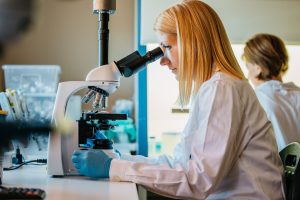
Buzzword Prevention
Research is a robust pillar of the operation too. More than 90 colleagues carry on the company heritage. The significance of R&D is best showcased by the fact that Ceva spends globally 120M€ a year for that purpose.
“We need to develop new vaccines against diseases for which there aren’t any, and the efficiency of existing vaccines needs to be improved,” the GM sheds light on the importance of their activity. They focus on implementing the so-called “One Health” approach that embraces human and animal health alike.
Over 75% of emerging human infectious diseases are estimated to come from animals, that’s why we chose to invest massively in preventive medicine. These efforts have enabled us to significantly increase the share of vaccines and other preventive care products in our product portfolio, reaching our target of 50% of sales by 2021, originally planned for 2025, Mr. Szamkó notes.
Zoonosis, i.e. a disease that can be transmitted to humans from animals, therefore, is a key aspect of it. To date, Ceva has developed over 50 vaccines against no fewer than 19 zoonotic diseases. Moreover, Ceva supports the call from the Coalition for Epidemic Preparedness (CEPI) backed by the G7 and G20 for a shift of paradigm to compress the development time of vaccines.
The stakes are super high. According to WHO’s statistics, every year 20% of the world’s livestock is lost to disease which translates into losses of around 80 billion kg animal protein, equivalent to the annual consumption needs of 1.6 billion people, as estimated by Oxford Analytica for HealthforAnimals.

Pets in the Game. Livestock is important to humans, but so are pets that are attached by emotional strings to them, thus cry for ever more care. As Mr. Szamkó explains, the biggest challenge in recent years is their rapidly growing population. “They are living longer due to improved veterinary care and have increasingly specific needs. This shift can be attributed to the humanization of pets, advances in veterinary medicine, and changing societal attitudes,” he says. Pets are now considered family members, leading to increased investments in their well-being. However, longer lifespans require more attention to geriatric pet needs. On the other hand, innovations like telemedicine and wearables are changing pet care practices. Ceva leads the change by focusing on segments like behavior, parasitology, cardiology and veterinary specialties. In the case of behavior, for instance, the company produces appeasing pheromones that calm pets. Soothing, indeed.
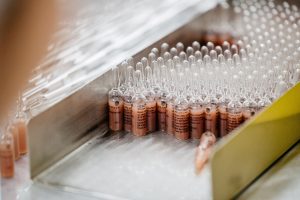
Multi-Story Swine Farms: Risk and Rescue
The animal vaccine market is vast, valued at USD 14 billion with expected growth rate of nearly 10% thru 2032. Ceva-Phylaxia is riding that growth rate. Since 1999 revenues have grown 13-fold. “We realized early on that in order to feed the world’s population you need to produce meat. That is how we became market leaders in the poultry hatchery segment,” the GM adds.
The global market has witnessed major consolidation. Ceva is now the fifth largest animal healthcare company in the world. And although economic turbulence didn’t leave the sector unscathed, this is still one with massive stability. For livestock is simply needed at all times to feed people.
In recent years, Ceva has also established itself as a world leader in the autovaccine sector. In the vast majority of cases, the range of vaccines available enables farmers to protect their animals against the main threats to the health of their flock. However, sometimes, a specific solution is required in the event of the emergence of a new strain of pathogenic bacteria or virus, or for a disease not covered by one of the registered products. This is where Ceva’s expertise comes into play.
“We are equipped to develop farm-specific vaccines that focus on one particular strain. It might sound strange, but it’s definitely worth it for farmers to invest,” Mr. Szamkó says who gives the example of multi-story swine farms in China where the danger of infection or the potential spreading speed can cause enormous damage.
The Budapest site supplies a number of products that are uniquely produced only here or in the largest quantities in the Ceva group. “It is of key importance that our products are distributed in the adequate volume and of the best quality all over the world. We play a serious role in global animal healthcare and feeding the world. My colleagues and I all bear a huge responsibility,” Tamás Szamkó concludes.
Source: HIPA





